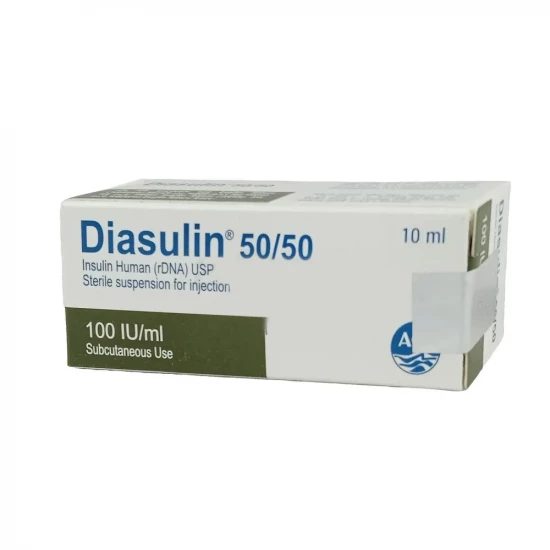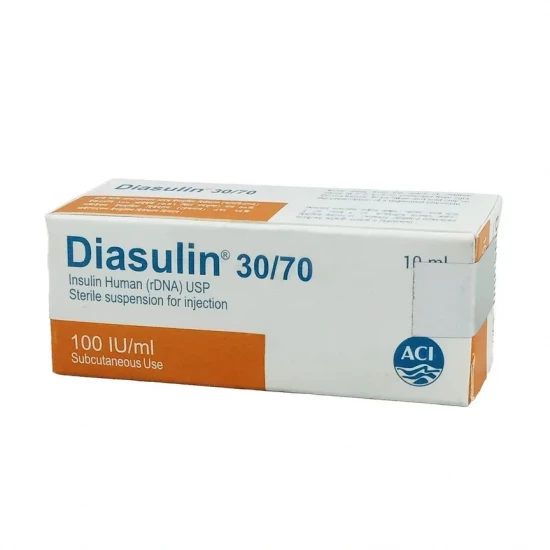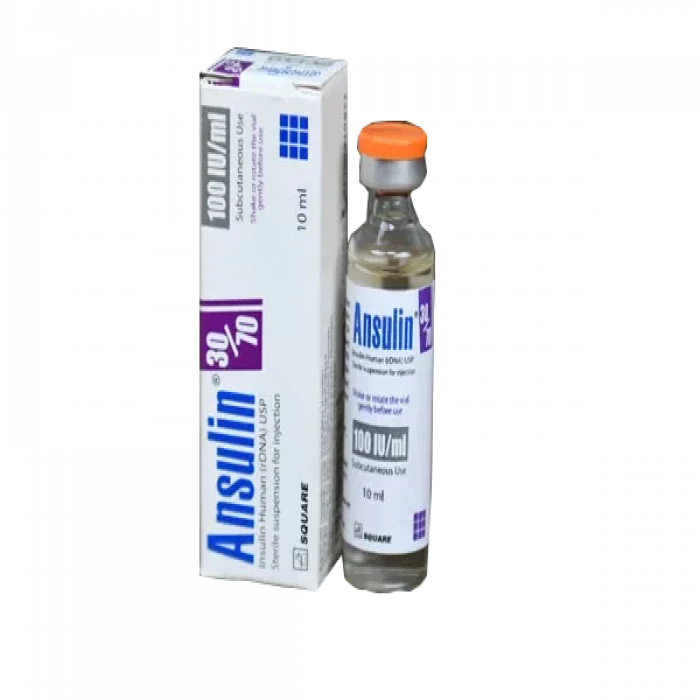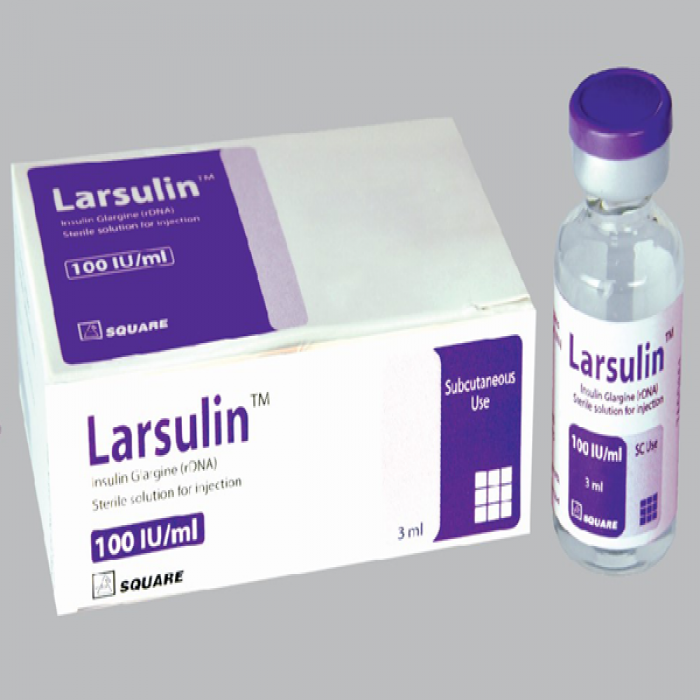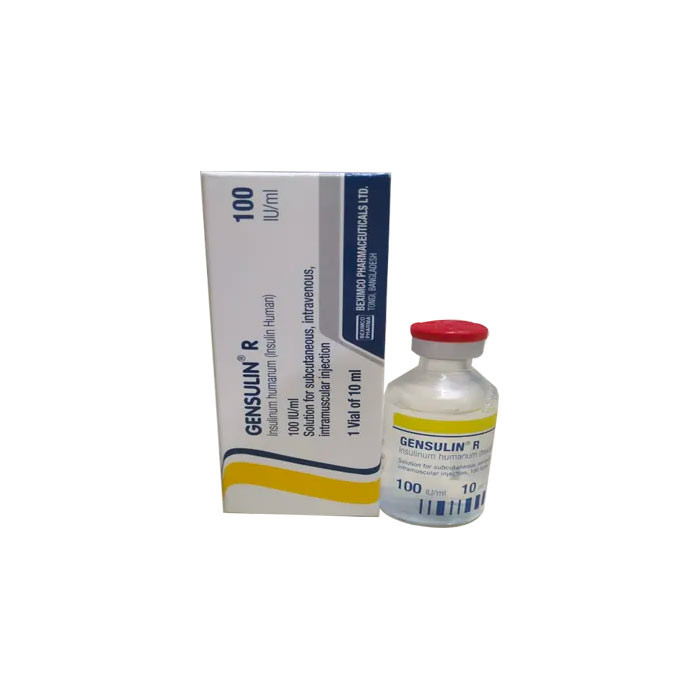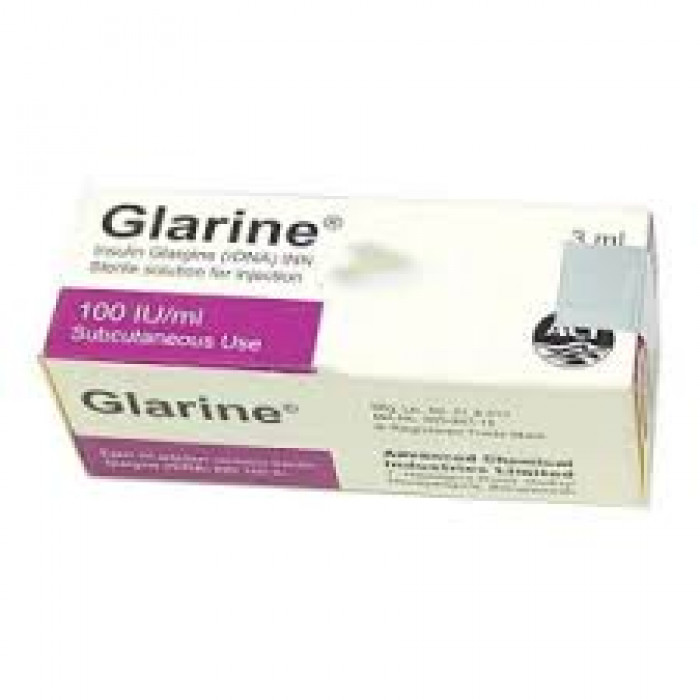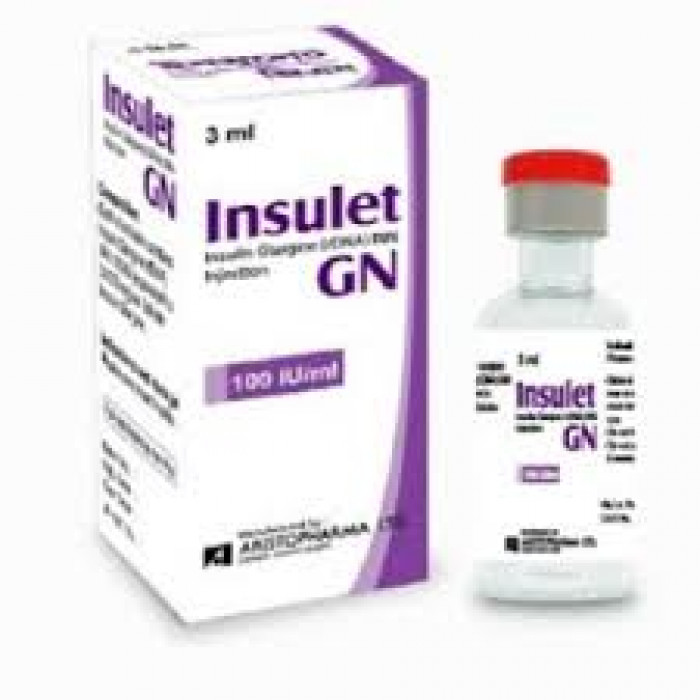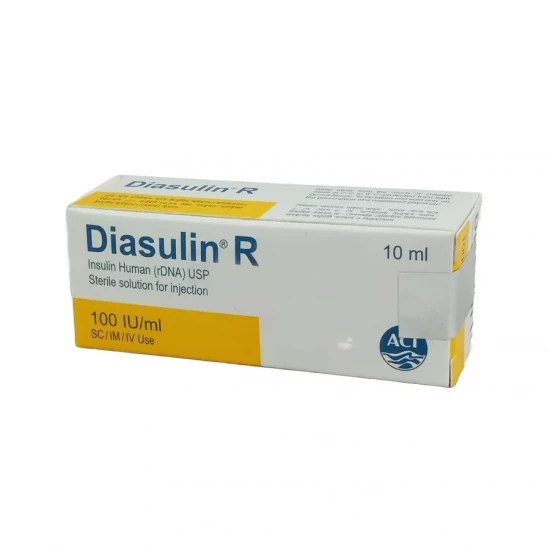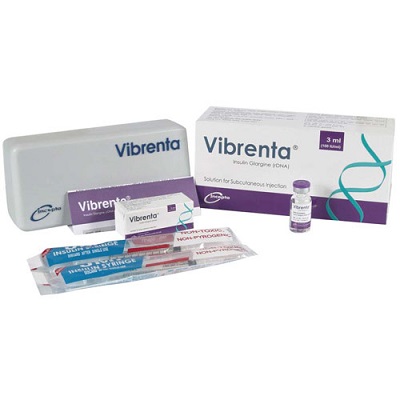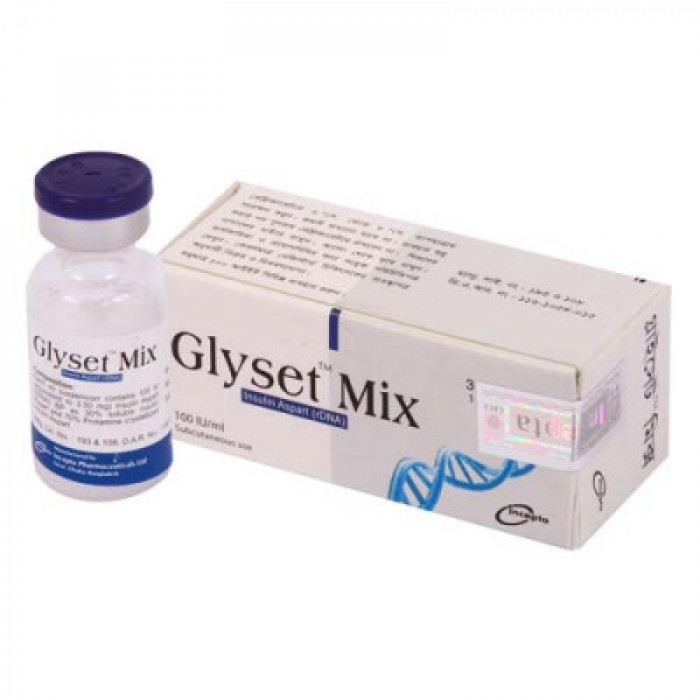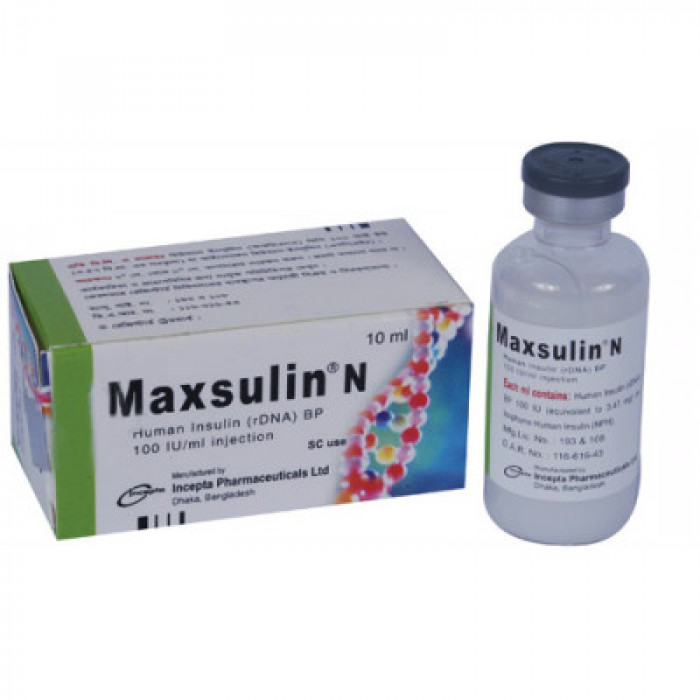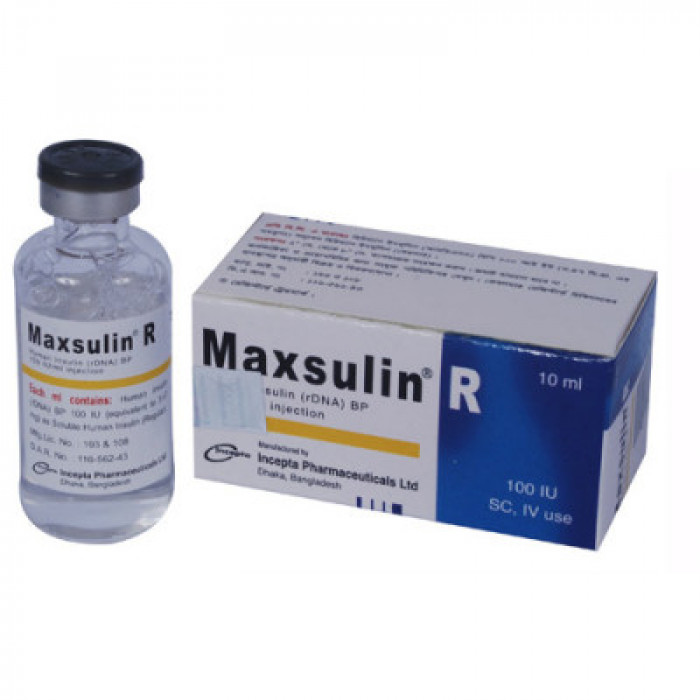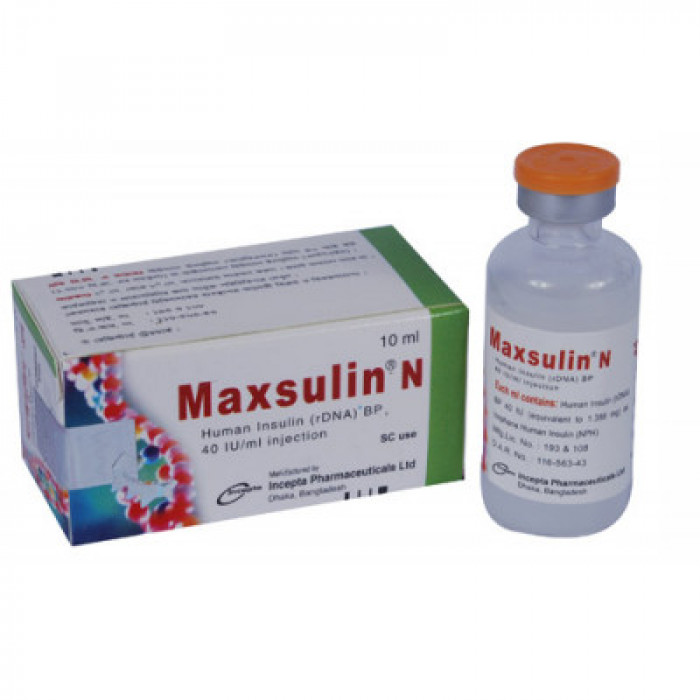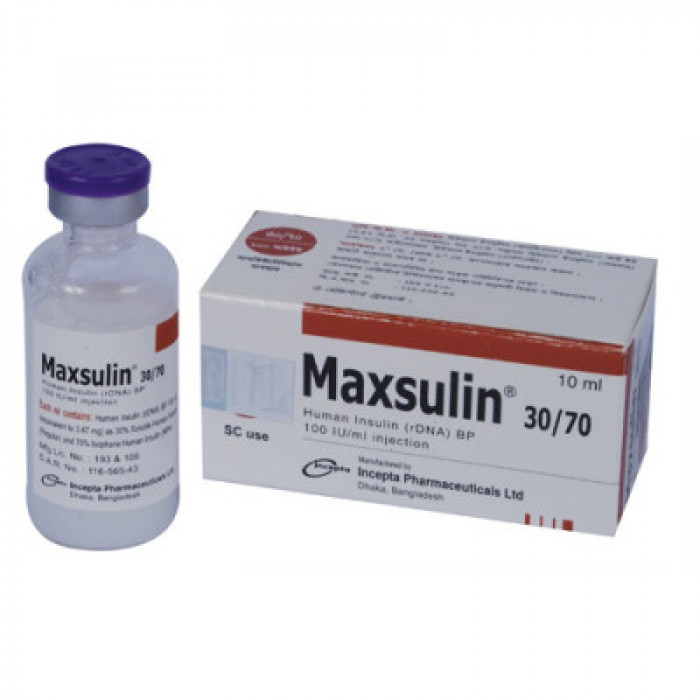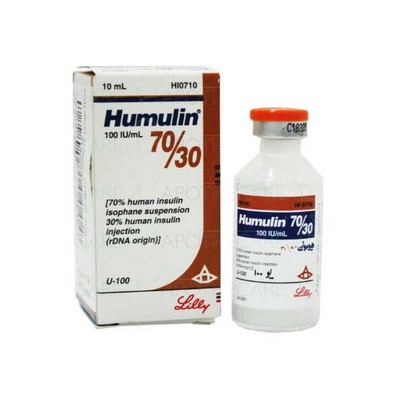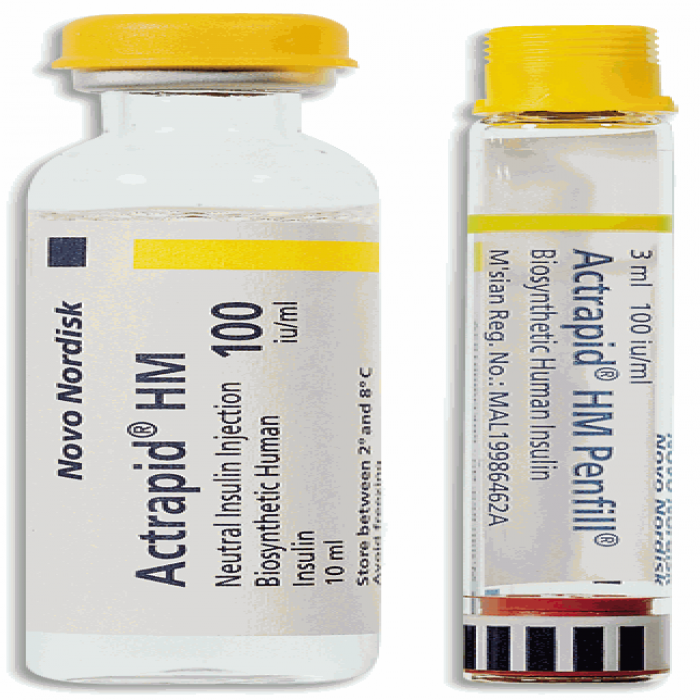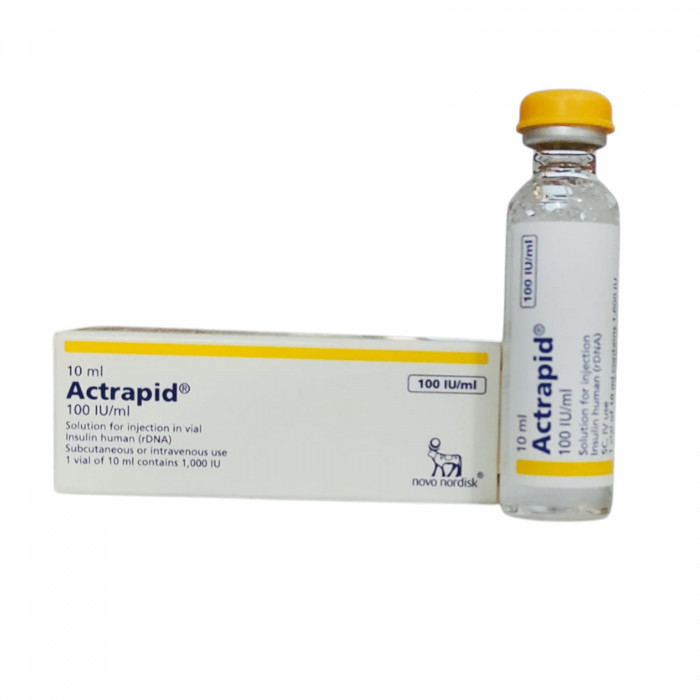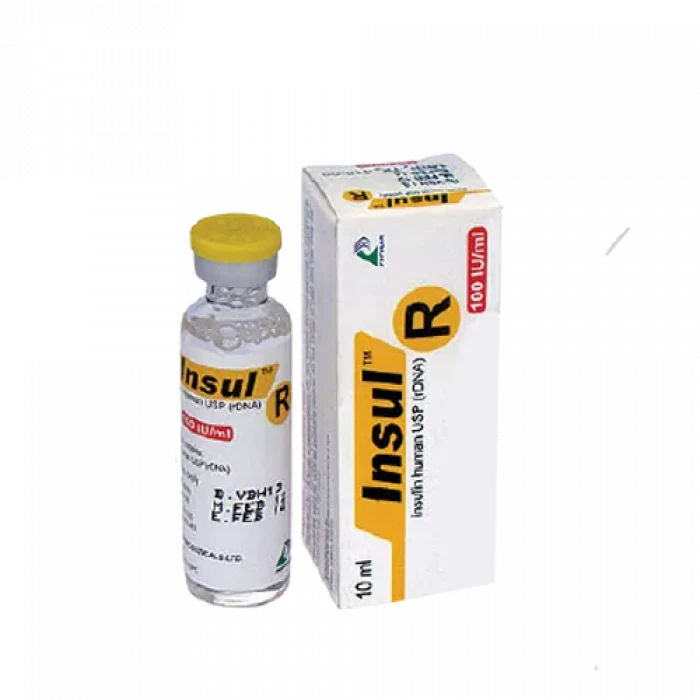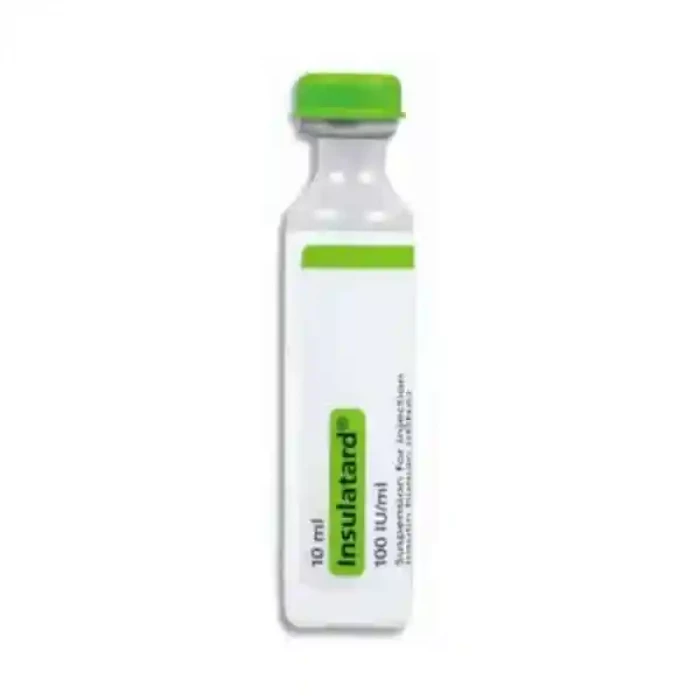

✔ 100% Authentic Product
👁️ Currently Viewing 2769
Type: Inj. Generic Name:Neutral isophane insulin Inj. (human monocomponent) 40 i.uJrnl & 100 i.uJml: Inj.. Manufacturer/Distributor: Transcom
Discount
Price: ৳ 407
MRP:
৳
415
2%
Off

100% Genuine Products, Guaranteed

Safe & Secure Payments, Always

Fast, Secure & Efficient Delivery

Proper Packaging
 Cash on Delivery - All over Bangladesh
Cash on Delivery - All over Bangladesh Regular Delivery - 12-24 Hours, Dhaka City* Charge Tk.39-59
Regular Delivery - 12-24 Hours, Dhaka City* Charge Tk.39-59 Regular Delivery - 24-48 Hours, Other Cities* Charge Tk.99-110
Regular Delivery - 24-48 Hours, Other Cities* Charge Tk.99-110
 ফ্রি ডেলিভারিঃ - ৯৯৯ টাকা+ অর্ডারে, ঢাকা
শহরে
ফ্রি ডেলিভারিঃ - ৯৯৯ টাকা+ অর্ডারে, ঢাকা
শহরে ফ্রি ডেলিভারিঃ - ২৯৯৯ টাকা+ অর্ডারে, ঢাকার
বাহিরে
ফ্রি ডেলিভারিঃ - ২৯৯৯ টাকা+ অর্ডারে, ঢাকার
বাহিরে
100% Genuine Products, Guaranteed
Safe & Secure Payments, Always
Fast, Secure & Efficient Delivery
Proper Packaging
 Cash on Delivery - All over Bangladesh
Cash on Delivery - All over Bangladesh Regular Delivery - 12-24 Hours, Dhaka City* Charge Tk.39-59
Regular Delivery - 12-24 Hours, Dhaka City* Charge Tk.39-59 Regular Delivery - 24-48 Hours, Other Cities* Charge Tk.99-110
Regular Delivery - 24-48 Hours, Other Cities* Charge Tk.99-110 ফ্রি ডেলিভারিঃ - ৯৯৯ টাকা+ অর্ডারে, ঢাকা
শহরে
ফ্রি ডেলিভারিঃ - ৯৯৯ টাকা+ অর্ডারে, ঢাকা
শহরে ফ্রি ডেলিভারিঃ - ২৯৯৯ টাকা+ অর্ডারে, ঢাকার
বাহিরে
ফ্রি ডেলিভারিঃ - ২৯৯৯ টাকা+ অর্ডারে, ঢাকার
বাহিরে
✅ Description:
Indications of Insulatard HM 100
Treat all patients with type 1 diabetes. Treat patients with type 2 diabetes who cannot be adequately controlled with diet and/or oral hypoglycemic agents. It is used for the initial stabilization of diabetes in stressful periods such as diabetic ketoacidosis, nonketotic hyperosmolar syndrome, and diabetic patients with severe infections and major operations. Treatment of gestational diabetes.
Pharmaceutical Name
Pharmacology
The hypoglycemic effect of insulin is due to the fact that insulin binds to receptors on muscle and fat cells to promote glucose uptake and at the same time inhibit glucose production in the liver. Insulatard is a long-acting insulin. It takes effect in 1.5 hours and reaches its maximum effect in 412 hours. The total duration is approximately 24 hours.
Insulin in the bloodstream has a half-life of several minutes. Therefore, the time effect curve of insulin preparations is only determined by their absorption characteristics. This process is affected by many factors (such as insulin dose, route and location of injection, thickness of subcutaneous fat, type of diabetes). Therefore, the pharmacokinetics of insulin is affected by significant intra- and inter-individual differences
Dosage & Administration
Dosage is individual and determined in accordance with the needs of the patient. The individual insulin requirement is usually between 0.3 and 1.0 IU/kg day. The daily insulin requirement may be higher in patients with insulin resistance (e.g. during puberty or due to obesity) and lower in patients with residual, endogenous insulin production.
The physician determines one or several daily injections are necessary. Insulatard may be used alone or mixed with fast-acting insulin. In intensive insulin therapy the suspension may be used as basal insulin (evening and/or morning injection) with fast-acting insulin given at meals. In patients with diabetes mellitus optimised glycaemic control delays the onset of late diabetic complications. Close blood glucose monitoring is recommended.
For subcutaneous use. Insulatard is usually administered under the skin of the thigh. If convenient, you can also use the abdominal wall, hip area, or deltoid area. Compared to other injection sites, subcutaneous injection into the thigh results in slower absorption and smaller changes. Injection into raised skin folds minimizes the risk of accidental intramuscular injection.
Place the needle under the skin for at least 6 seconds to make sure the full dose is injected. The injection site must be rotated within the anatomical area to avoid lipodystrophy. Never inject the insulin suspension intravenously. Insulatard comes with a package leaflet containing detailed instructions for use. These vials are used with insulin syringes with the corresponding graduation units. When two types of insulin are used in combination, first calculate the dosage of fast-acting insulin, and then calculate the dosage of long-acting insulin.
Interactions of Insulatard HM 100
Many pharmaceuticals are known to interact with glucose metabolism. Therefore, physicians should consider possible interactions and should always ask patients about the medications they take.
The following substances may reduce insulin requirements: oral hypoglycemic agents (OHA), monoamine oxidase inhibitors (MAOIs), non-selective beta-blockers, angiotensin converting enzyme (ACE) inhibitors, salicylate and alcohol.
The following substances may increase the demand for insulin: thiazides, glucocorticoids, thyroid hormones and beta sympathomimetic drugs, growth hormones, and danazol. Beta-blockers can mask the symptoms of hypoglycemia and delay recovery from hypoglycemia. Octreotide/lanreotide can reduce and increase the need for insulin. Alcohol can strengthen and prolong the blood sugar lowering effect of insulin.
Contraindications
Hypoglycemia, allergy to human insulin or any excipient.
Side Effects of Insulatard HM 100
Hypoglycemia is the most common adverse reaction during insulin treatment, and symptoms of hypoglycemia can appear suddenly. There are few reports of allergic reactions such as redness and itching. It usually disappears after a few days. In some cases, allergies can be due to reasons other than insulin, such as disinfectants and poor injection techniques.
Pregnancy & Lactation
There are no restrictions on the use of insulin to treat diabetes during pregnancy because insulin cannot cross the placental barrier.
Precautions & Warnings
Insufficient dose or stopping treatment, especially in type 1 diabetes, can lead to high blood sugar. Usually the first symptoms of hyperglycemia will appear gradually over a period of hours or days. They include thirst, increased frequency of urination, nausea, vomiting, drowsiness, redness and dryness of the skin, dry mouth, loss of appetite, and acetone breath. In type 1 diabetes, untreated hyperglycemic episodes can eventually lead to diabetic ketoacidosis. This can be fatal. If the insulin dose is too high in relation to the insulin requirement, hypoglycemia can occur.
Skipping meals or unplanned vigorous physical exercise can cause hypoglycemia. Patients with significantly improved blood sugar control, for example through intensive insulin therapy, their usual warning symptoms of hypoglycemia may change, so appropriate advice should be given. The usual warning symptoms of long-term diabetic patients may disappear.
Storage Conditions
Store in a refrigerator (2°C-8°C). Do not freeze. Keep the container cartridge or vial in the outer carton in order to protect from light.
During use: do not refrigerate. Do not store vials above 25°C and cartridges above 30°C. Protect from excessive heat and sunlight.
⚠️Disclaimer:
At ePharma, we’re committed to providing accurate and accessible health information. However, all content is intended for informational purposes only and should not replace medical advice from a qualified physician. Please consult your healthcare provider for personalized guidance. We aim to support, not substitute, the doctor-patient relationship.




